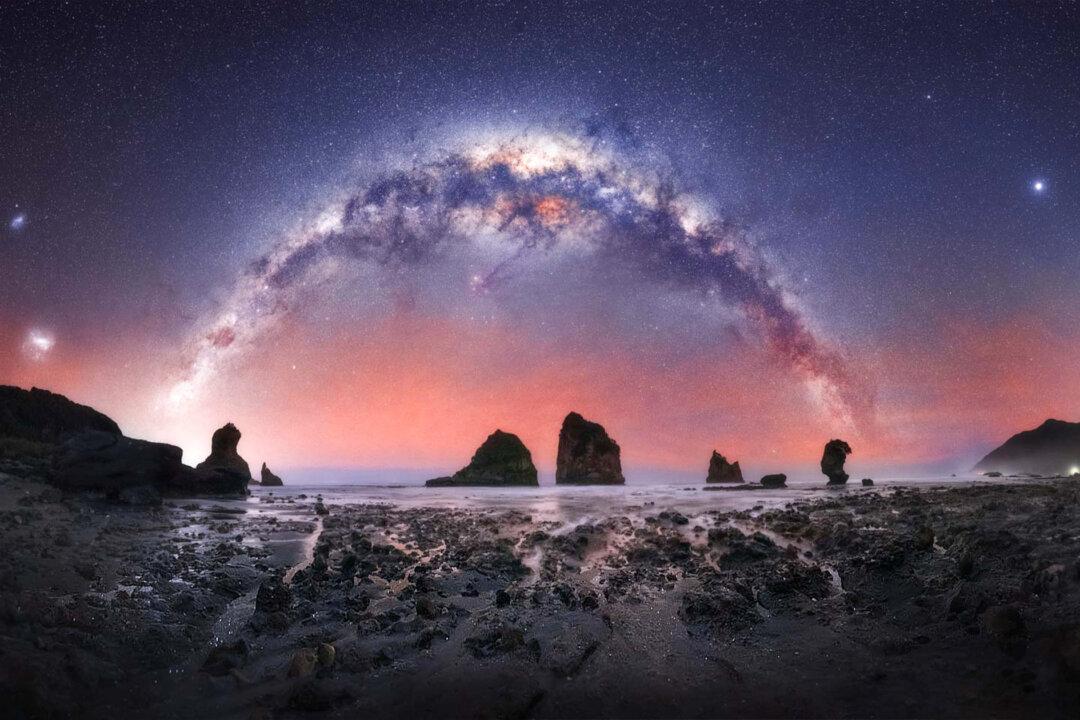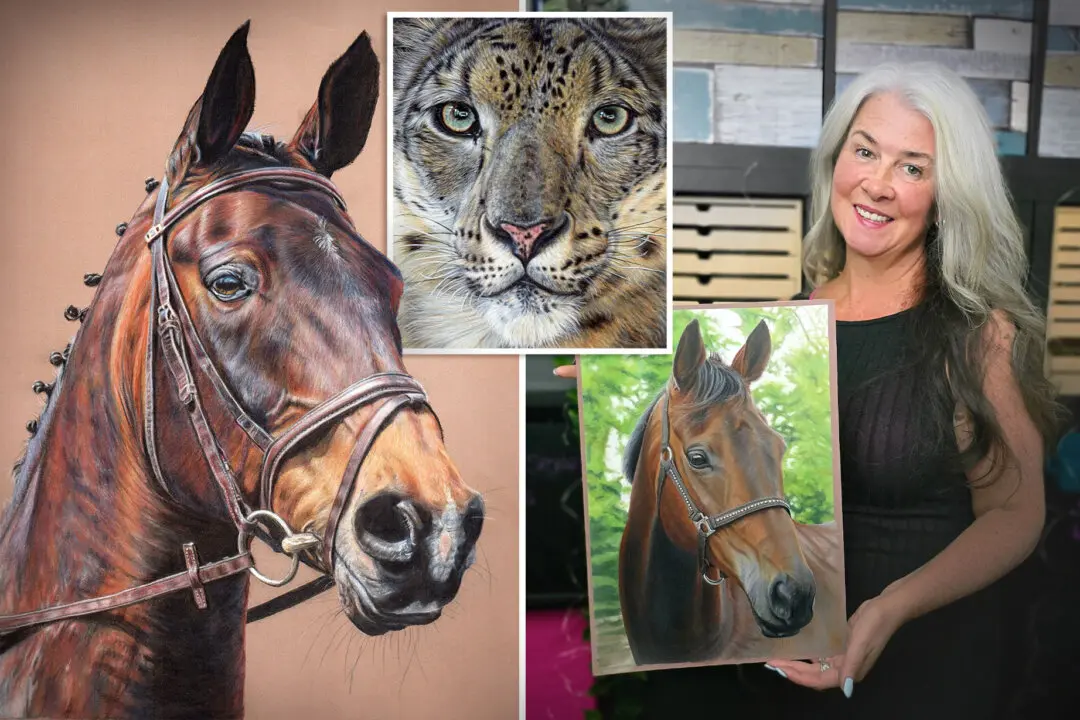A strange breed of human, astrophotographers are known to race off from their homes into the mountains in the dead of night upon first hearing of snowfall.
Layering up, grabbing his gear, and grabbing a coffee on the way, Nick Faulkner from New Zealand drove the back roads in the dark through several country towns, passing thousands of sheep along the way, until he arrived at Castle Hill, situated in the heart of North Canterbury.






